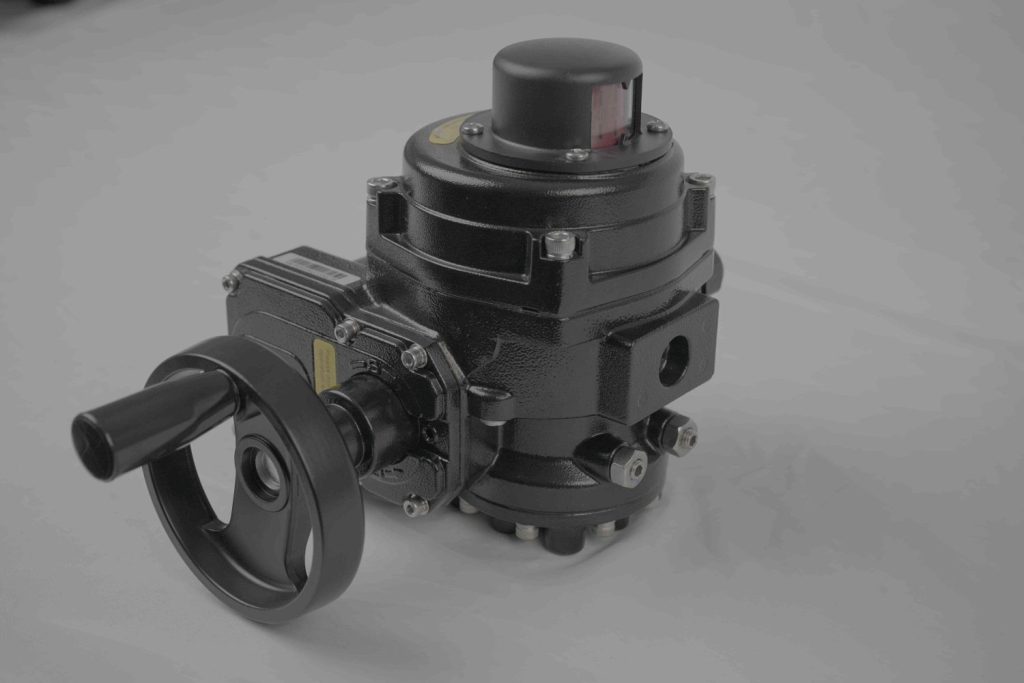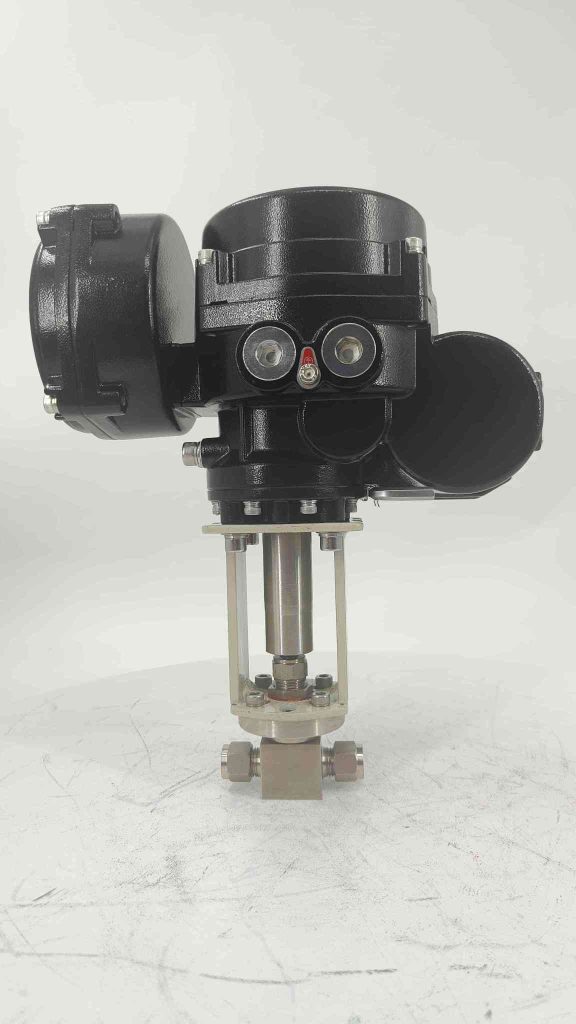Lithium-ion (Li-ion) batteries have revolutionized the way we store and use energy, powering everything from smartphones and laptops to electric vehicles (EVs) and renewable energy systems. As the demand for high-performance, lightweight, and long-lasting batteries continues to rise, ensuring their safety and efficiency becomes paramount. One crucial component in this safety framework is the lithium battery valve. This small yet vital part plays a significant role in preventing catastrophic failure and ensuring that these batteries operate within safe parameters. In this article, we’ll explore the function, importance, and innovations behind the lithium battery valve.

What is a Lithium Battery Valve?

A lithium battery valve is a safety feature designed to regulate pressure within a lithium-ion battery. As these batteries charge and discharge, chemical reactions occur within the cells, which can lead to the generation of gases. If the pressure inside the battery rises too much due to overheating, overcharging, or other malfunctions, the valve helps release excess pressure to prevent rupture or explosion. The valve serves as a venting mechanism that allows gases to escape in a controlled manner, thereby preventing dangerous situations. Function and Mechanism of the Valve Lithium-ion batteries operate based on electrochemical reactions that store and release energy. During these reactions, by-products such as gases can accumulate. If the battery is subjected to excessive conditions—like high temperatures, overcharging, or physical damage—these gases can build up and create dangerous internal pressure.
